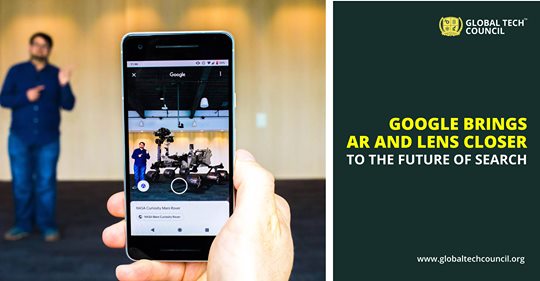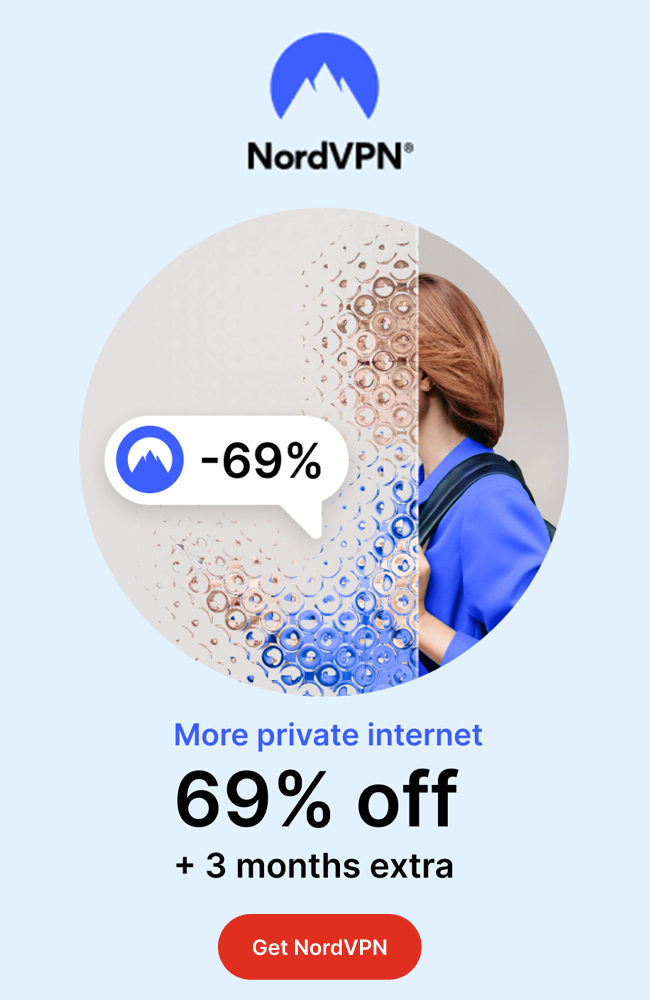Google has revealed a series of new improvements to Google Lens, the app that is accessible as an interface and embedded into Google Pixel device cameras developed by an augmented reality specialist for image recognition. Google is rendering AR much more valuable for tablets as it brings AR and Lens further to the future of quest. Google Lens is integrated into Google Search, and functions the following way: you target a text wall with your camera, and Lens will instantly begin to read the text out loud.
Contents of Posts
What is and how does, Google AR work?
The Veritable Obstacle
Will it operate on phones that are low-end as well?
What’s going about the future?
What is and how does, Google AR work?
You see a clickable file when searching for “tiger,” that launches an animated 3D file complete with roaring sounds. Then in the room in AR, you should shoot it and yeah, realistic tiger AR. A NASA Mars Curiosity Rover size model may be lowered into space or a human anatomical model of the arm bone and musculature.
Google is bringing AR to Search this year, and this is how it works
Friendly Android and iOS apps can see 3D object links in Quest, which can bring up 3D artefacts that can then be lowered at the correct scale into the actual world in AR. Google Search can implement 3D files utilising the glTF format, as opposed to Apple’s USDZ format used by ARKit in iOS 12. According to Google, developers will need to add just a couple of lines of code to enable 3D assets to appear in Google Search.
Anyone with 3D features as it points out that several supermarket partners are, individuals like Wayfair or Lowe’s, all they have to do is three lines of coding. The content distributors don’t have to do something.
Google is now working with NASA, New Balance, Samsung, Target, Clear Body, Volvo, and Wayfair to incorporate 3D assets into Google Search. In a new Scene Viewer function named Android, the AR effects are launched. As an extension of the method, individuals use Google Search. When AR-enabled search is eventually extended to a pair of AR glasses, it may imply effortlessly conjuring objects into the real world without launching any applications at all.
Experts in Augmented Reality have begun with the newest Google Lens capabilities first-hand, and they are starting to sound like methods of influencing and interpreting reality. Lens can now see translations from other languages that interpret signs or objects easily and stick there as though the text is there in space. It’s an expansion to what was in Google Translate, but Google will determine the context of whole texts now, starting with restaurant menus.
The new Shopping, Eating, Translate, and Text philtres are available to let Lens know what to do in context, plus the do-it-all Auto feature.
For starters, rather than merely knowing what kind of plant it is the shopping philtre helps to identify a plant on a table and find places to buy the plant.
The Real Challenge-“When you keep a magic lens that sees everything, how does the lens see what you need?” “
Any funky new AR tweaks are even accessible from Google Lens. When cooking directions are shown a menu page from Bon Appetit magazine unexpectedly flips and animates. We’re holding up a phone in Google Prism, and we’re holding on the screen a real poster of Paris animated with clouds moving. Google works on test cases where it could work with animated images like these with users. Where and how it can manifest needs to be seen.
For now with 2D photos, not 3D, Google is executing these tricks, but pulling these upgrades off without sophisticated marker codes seems like an insight into what a future full of augmented reality could be: signs that come alive at a glance.
Will Low-end Phones Work on It?
The best is a package from Google Lens that comes with Android Go applications for low-end tablets. Translating and reading assistance immediately operates on phones that are not adequately reliable for ARCore, concentrating on cloud services. You take a photo of a sign, and now the phone reads what it sees back to you, stressing each word. A touch and it is possible to translate it to a foreign language.
What’s Going About the Future?
Google admits that they are in a “deep R&D” loop outside phones into new technologies, but the aim of AI developer is to solve first phone users right now. However on the horizon, there are signs of some other type of hardware.
If you care about voice search, the platform responds that you are forwarding interpreted really well to the Assistant. We’re taking the same path here and asking, what are the features and capabilities? In the tablet, this is really useful and extends to future shape factors really well. Lens is changing this year to becoming a “AR browser” for her. This continues into the other two or three more Lego bricks’ shape influences.
With no new VR or AR hardware arriving at Google I/O this year the focus on services and utilities by Google could imply that for other networks, Lens could evolve into a reality browser.
It’s a mystery right now. You just don’t even have to squint. These topics have too much in common. Google has a tradition of generally open constructing platforms and facilities and aims to provide people with the greatest potential usefulness and value. In this, Google still looks for a comparable approach.
In the meantime, all these Google AR apps sound like continuing projects, such as Google’s latest AR mapping functionality in Maps. Even the I/O programme at this year’s I/O conference has integrated AR to guide participants to sessions. The features may be a hint into where AR guidance could develop in the future. Or maybe all of these characteristics won’t work. It’s maybe, Darwinian. And maybe that’s what is required to figure out how AR can thrive on phones and beyond.



